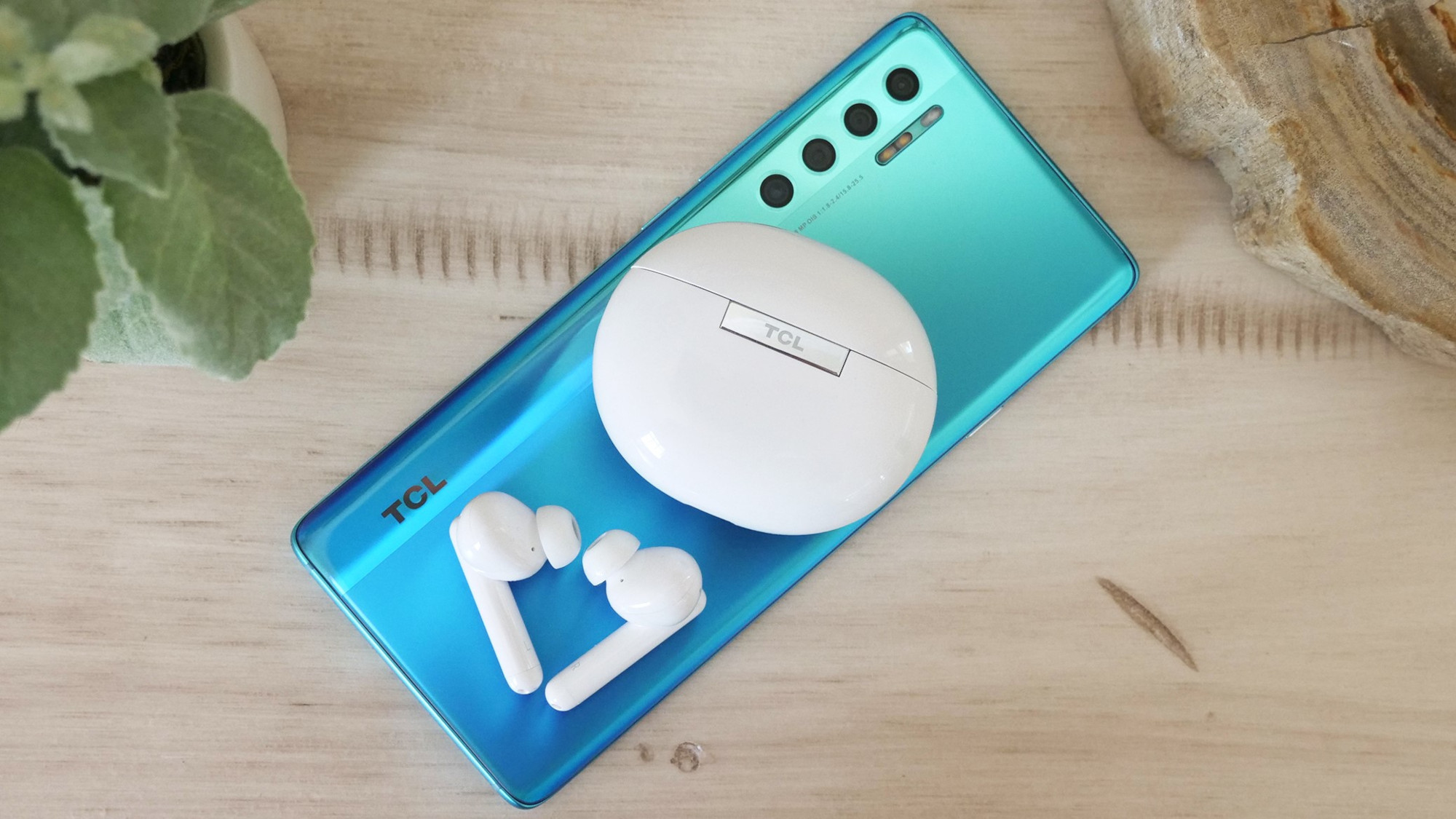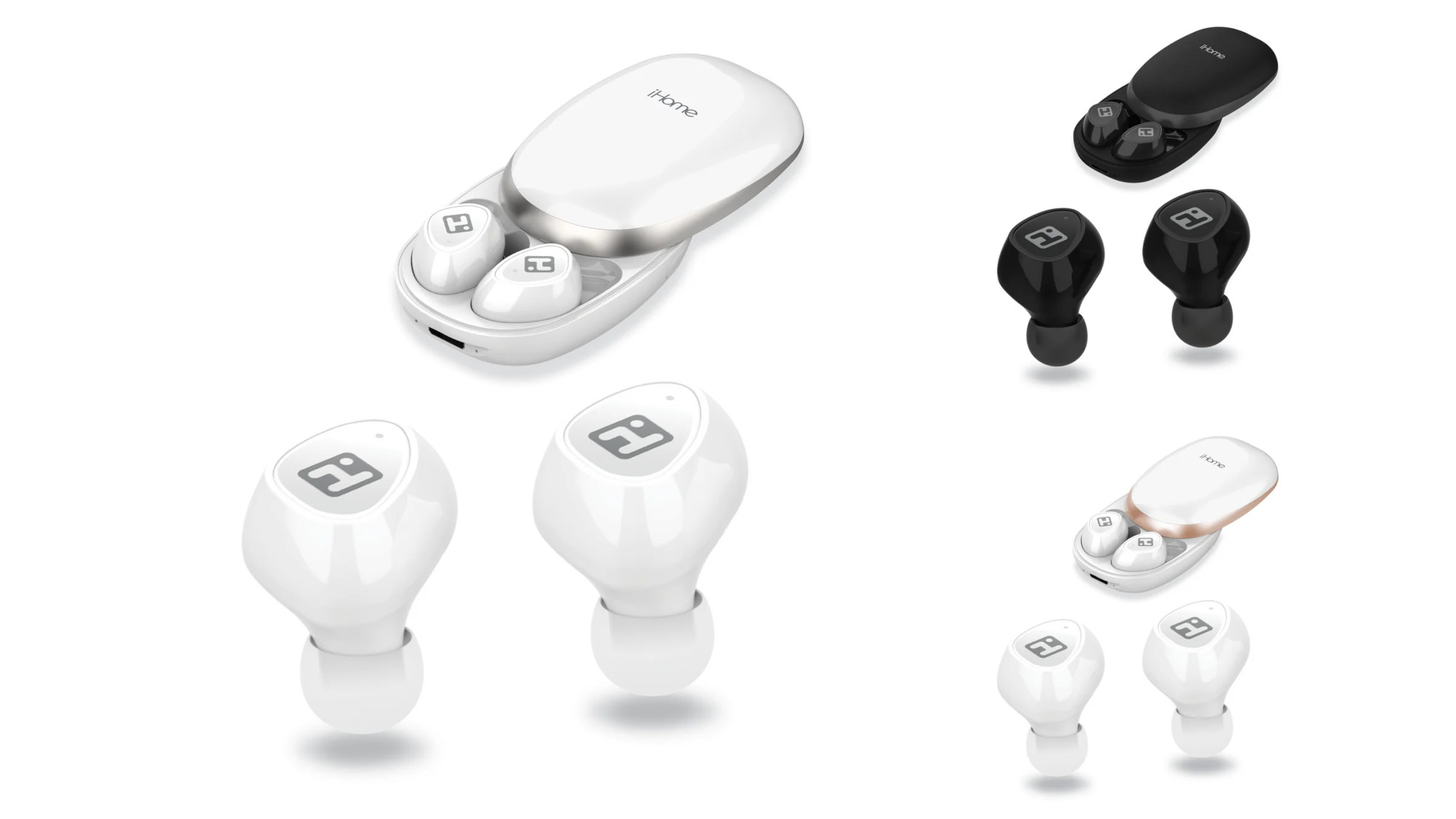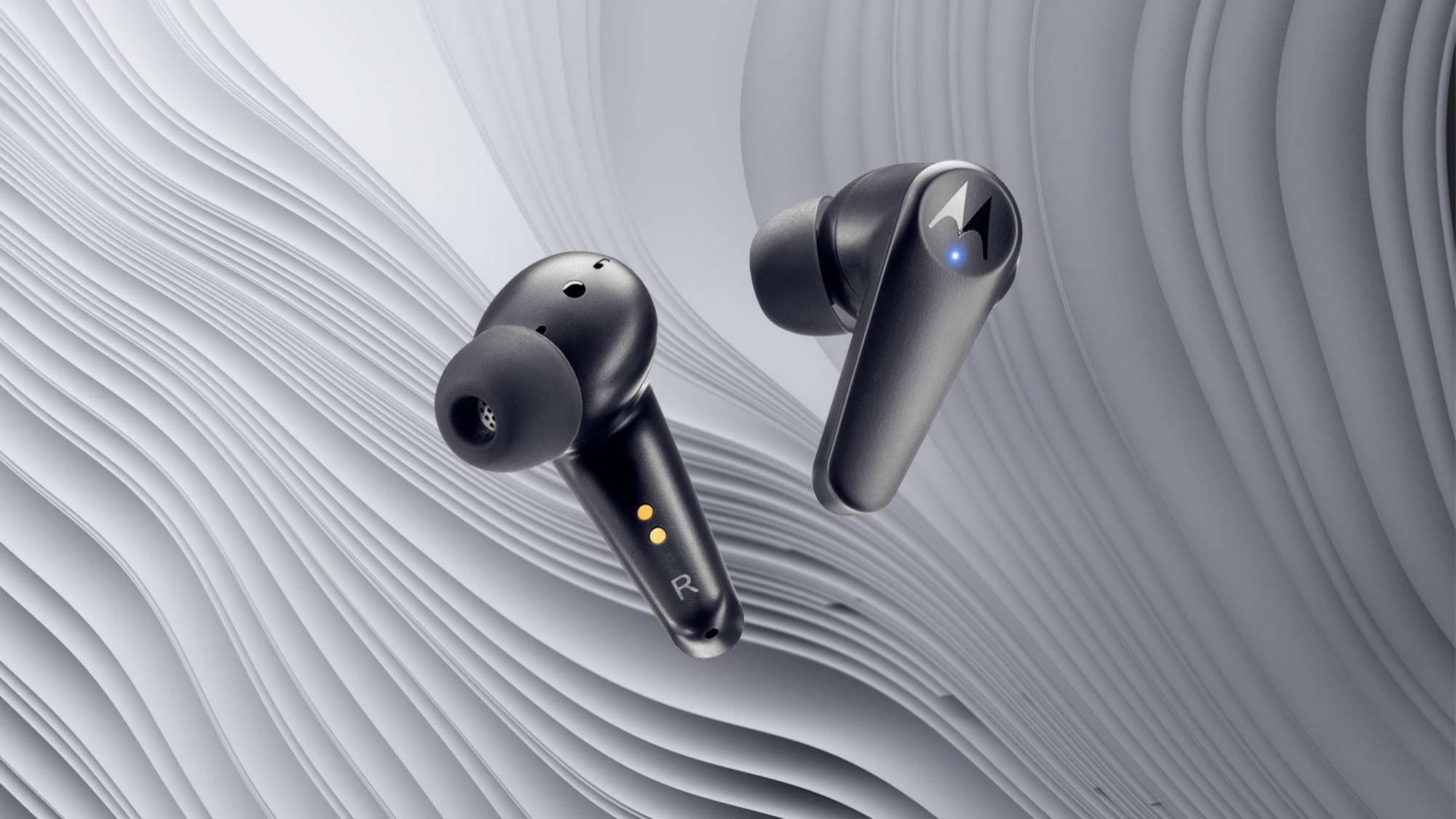5 tech brands that need to quit making wireless earbuds
True wireless audio isn’t their bag

For every one of the best wireless earbuds models from makers like Apple, Bose, or Sony, there are dozens of other designs that don’t measure up to the top titans of the wireless earbuds world. On top of that, there are some makers that probably shouldn’t be releasing wireless earbuds at all. I’m talking about brands that have attempted to cash in on the true wireless earbuds trend, but failed miserably, be it in terms of critical reception, quality, or sales.
All these companies developed strong reputations in their prime product categories. Some have even experienced minor success by diversifying and branching out into sub-categories. But even though they’re widely known for selling excellent hi-def TVs, iPhone accessories or mini-PCs, it doesn’t mean that they know how to make quality wireless earbuds.
The most rational decision they can make is to cut their losses. Here are 5 tech brands that I think should stick to their strengths and stop making wireless earbuds right now.
1. Lenovo

All the TikTok ads and product placement on Temu don’t change the fact that Lenovo has yet to release noteworthy earbuds or headphones (I reviewed the ThinkPad X1 ANC for our sister website laptop.com and they were a mess). It’s not like they haven’t tried. The specs on these products are convincing, highlighted by popular features such as Bluetooth 5.3, low latency modes, and even active noise cancellation. Lenovo’s sound quality has also impressed a small group of experts.
Unfortunately, none of that has translated to any editor’s choice award. Most of their models also feel as cheap as they look. Lenovo’s design structure is all over the place, ranging from basic fake AirPods to unflattering on-ear buds. It’s also not a great look for their models to sell for as low as $10.99 on Temu. They might as well save the components for the next-gen ThinkPad.
2. iHome

If there was ever a word to describe iHome as a consumer electronics brand, it would be “acceptable.” They were one of the first to embrace the wireless audio category and released above-average speaker docks at low MSRPs. However, time has shown that the company’s audio pedigree is, and has always been, mediocre. It’s most evident on their wireless earbuds, which have received poor customer reviews on iHome’s website, as well as unfavorable feedback from critics.
3. TCL

No one can deny that TCL sells some of the best TVs at incredibly low prices. They just haven’t replicated that same success on the true wireless front. It’s telling how TCL flooded the market with numerous low-priced models and barely made a peep in terms of impact or review coverage. None of their budget entries stand out compared to the best cheap wireless earbuds. Performance hallmarks such as battery life, connectivity, and sound are satisfactory at best. Their designs are also bland and bulky. Lastly, their scarce availability suggests the company is either scaling back production or getting out of the wireless audio business.
Get instant access to breaking news, the hottest reviews, great deals and helpful tips.
4. Belkin

Belkin is mostly known for their high-quality computer and mobile accessories such as its next generation of wireless chargers. Not wireless audio products. That didn't stop them from jumping on the cheap wireless earbuds’ bandwagon three years ago. In hindsight, most of their selections could have been better executed. Only 2 of their 10 available models are adequate even at their affordable price (under $50). Most of them average a critical score of 2.75 out of 5 stars. Every design has a bargain bin look to it that other inexpensive earbud brands execute better. Just look at EarFun. It just makes sense for Belkin to put their effort and resources towards newer innovations, possibly USB-C cables for the updated AirPods Pro with USB-C charging case.
5. Motorola

Motorola’s resurgence is mainly attributed to the retransformation of their legendary Razr compact phones into foldable smartphones. As for their wireless earbuds, well, they seem more like a cash grab than a legitimate add-on accessory for their mobile devices. Unlike the best AirPods and Samsung Galaxy Buds series, Motorola’s collection of buds has no core integration with brand products; they connect and operate no differently than any other Android-compatible buds. Motorola users gain no exclusive features, nor do they have a companion app available to customize the buds or receive new perks via software updates. Every major performance vertical (e.g., ANC, battery life, sound quality) falls below their smartphone rivals, and there just aren’t any selling points to opt for a pair of Moto’s wireless earbuds.
More from Tom's Guide
- Are solar-powered headphones worth it?
- 5 headphones that are better value than their next-gen versions
- 7 features I want to see on all wireless headphones
A lifestyle journalist with an affinity for consumer products, Alex has over a decade of experience and has worked with popular publications such as Complex, Thrillist, Men’s Health, Gear Patrol, AskMen, and Hoop Magazine. He currently focuses on audio, reviewing the most coveted headphones in the market for both Tom’s Guide and Laptop Magazine.

